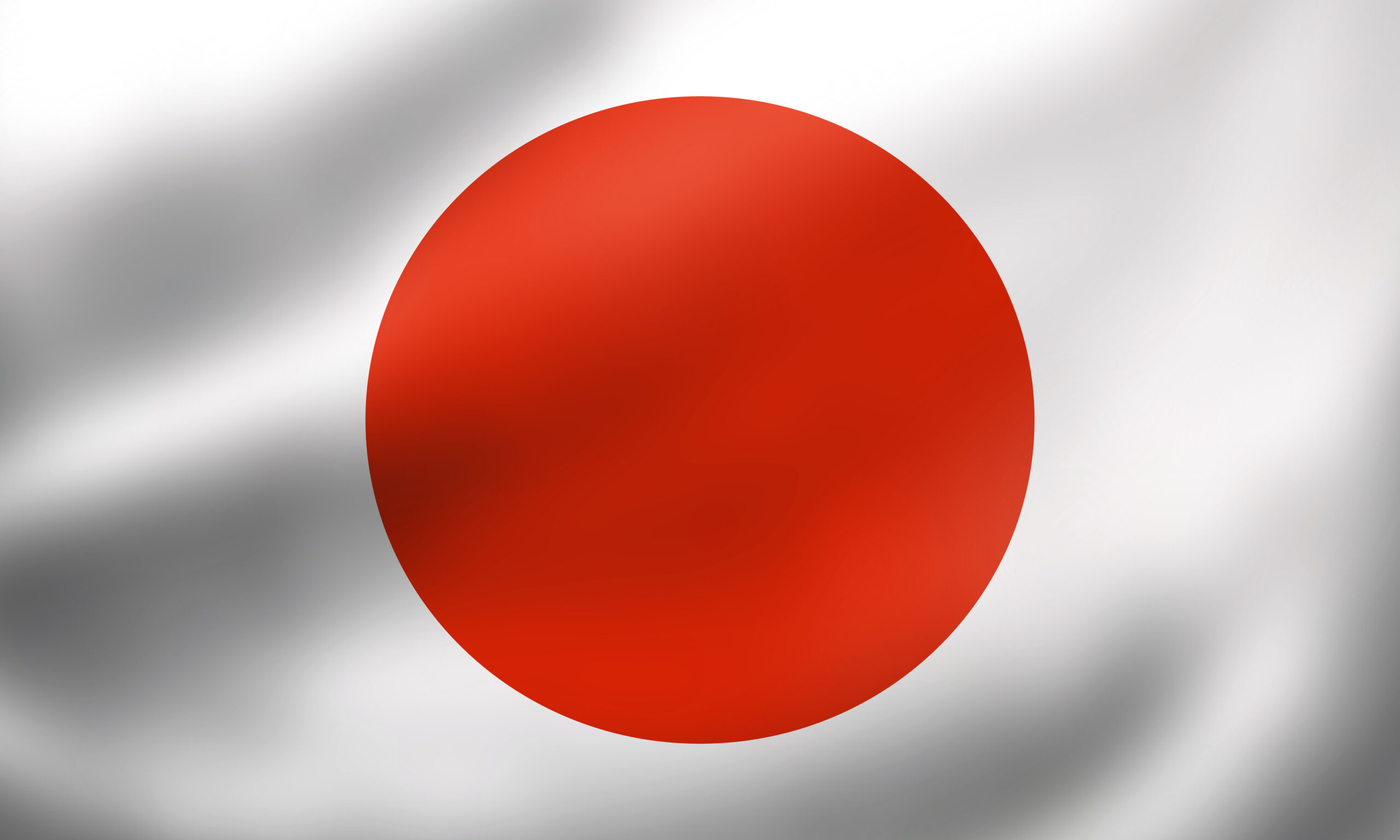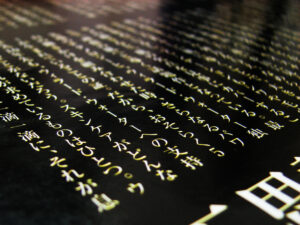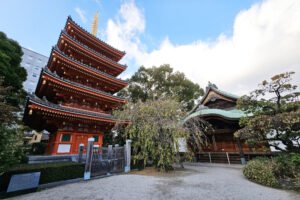In the vast panorama of national symbols around the globe, few are as instantly recognizable as Japan’s flag. A solitary red circle, perfectly centered on a field of pure white, conveys a sense of elegant simplicity yet profound depth. This emblem, known as the Hinomaru, serves not only as the country’s flag but also as a powerful symbol of Japan’s identity, history, and cultural values. Its presence, from the heart of Tokyo to the most remote village, speaks of a nation deeply rooted in tradition yet continually evolving. This article delves into the multifaceted symbolism of Japan’s iconic flag, exploring its historical origins, cultural significance, and the controversies that have surrounded it.
The Rising Sun: Japan’s Emblem of Identity
The Hinomaru, with its solitary red disc against a white background, is more than just Japan’s national flag; it is an emblem of the country’s identity. This iconic symbol, often referred to as the "rising sun," embodies Japan’s epithet as the Land of the Rising Sun, a name that has its origins in the country’s easterly position from the ancient Chinese perspective. The imagery of the rising sun is deeply ingrained in Japanese culture, symbolizing hope, renewal, and the promise of a new day. It is a motif that resonates through Japan’s history, from the emblems of samurai clans to its modern interpretation as a sign of national pride. The flag, in its essence, represents the spirit of a nation that has continually risen through periods of turmoil and transformation.
Unraveling the History of Japan’s National Flag
The history of Japan’s national flag is as rich and textured as the nation’s own story. Although the exact origins of the Hinomaru are shrouded in history, it is believed to have been used as a symbol of the sun goddess Amaterasu, who holds a central place in Shinto mythology and is considered the ancestral deity of the imperial family. The flag’s use was popularized during the feudal era, where it served as a banner for samurai and nobility. However, it was not until the Meiji Restoration in the late 19th century that the Hinomaru was formally adopted as the national flag. This period marked Japan’s emergence onto the global stage, and the flag symbolized the nation’s aspirations towards modernity and its departure from isolation.
Nisshōki or Hinomaru? The Names Behind the Flag
The Japanese flag is known by two names: Nisshōki (日章旗), which means "sun-mark flag," and Hinomaru (日の丸), or "circle of the sun." While Nisshōki is the official name used in legal documents and government proclamations, Hinomaru is the term more commonly used in everyday conversation. The name Hinomaru evokes a more emotional or sentimental feeling, reflective of the flag’s deep-rooted connection to Japanese identity and culture. The distinction between these names highlights the flag’s dual role as a state symbol and a representation of the people’s spirit.
The Deep-Rooted Symbolism of the Red Circle
At the heart of Japan’s flag lies its most defining feature: the red circle. This bold yet simple element is charged with deep symbolism, representing the sun in a country famously dubbed the Land of the Rising Sun. The color red holds significant cultural meaning in Japan, associated with good fortune, strength, and vitality. It is a color that appears in numerous traditional ceremonies and festivals, embodying the life force and the eternal spirit of the nation. The circle’s unbroken form symbolizes unity, perfection, and continuity, reflecting the Japanese ethos of harmony and balance.
The Cultural Impact of the Japanese Flag
The cultural impact of the Japanese flag extends far beyond its official capacities. It is a symbol that permeates various aspects of Japanese life and art. From national celebrations like the Emperor’s birthday and New Year to moments of solemn remembrance during the Hiroshima and Nagasaki anniversaries, the Hinomaru is a constant presence. It is also a source of inspiration in art, literature, and popular culture, appearing in everything from contemporary fashion to manga and anime. The flag’s imagery has evolved to represent not only the nation itself but also the creativity, resilience, and spirit of the Japanese people.
Political Controversies Surrounding the Hinomaru
Despite its status as a national symbol, the Hinomaru has not been without controversy. Its association with Japan’s militaristic past, particularly during World War II, has made it a subject of debate both within the country and abroad. In some international contexts, especially in countries that were occupied by Japan during the war, the flag can still evoke memories of aggression and imperialism. Within Japan, the debate has often centered on the flag’s role in education and public life, questioning whether its display should be mandated by law. These controversies reflect the complex history and ongoing dialogue about national identity, memory, and reconciliation in post-war Japan.
The Flag in Modern Japanese Society
In contemporary Japanese society, the Hinomaru has found a place as a symbol of national pride and unity, especially during international events such as the Olympics and World Cup. Its presence in celebrations of athletic achievement and international diplomacy highlights the flag’s role in fostering a sense of collective identity among the Japanese. Yet, the flag is also a subject of personal reflection and individual expression, embodying a broader spectrum of meanings that vary from person to person. Whether flown on national holidays, displayed in classrooms, or waved at sporting events, the Hinomaru continues to be a powerful emblem of Japan’s heritage and its aspirations for the future.
How the World Perceives Japan’s Iconic Flag
Globally, Japan’s flag is recognized as a symbol of the country’s aesthetic and philosophical contributions to the world. Its minimalist design is often celebrated for its elegance and the way it encapsulates the principles of simplicity and balance, key tenets of Japanese art and design. Internationally, the Hinomaru is associated with Japan’s cultural exports, from traditional tea ceremonies to cutting-edge technology and fashion. This global recognition speaks to the flag’s ability to convey a wealth of cultural and historical narratives, making it a compelling ambassador for Japan on the world stage.
The Hinomaru in Art and Popular Culture
The influence of the Japanese flag on art and popular culture cannot be overstated. Artists and creators have reinterpreted the Hinomaru in countless ways, using its imagery to explore themes of identity, conflict, and transformation. In the realm of popular culture, the flag’s design elements can be seen in the logos of major corporations, in video games, and on merchandise, attesting to its deep integration into the visual landscape of Japan. These reinterpretations not only reflect the flag’s iconic status but also demonstrate its flexibility as a source of inspiration for generations of artists.
Legal Framework: The Flag’s Status in Japan
The legal status of the Hinomaru was solidified with the passage of the Act on National Flag and Anthem in 1999, which officially designated the Hinomaru as the national flag and "Kimigayo" as the national anthem. This legislation was a key moment in the flag’s history, as it formalized practices that had been in place for decades. The act represented an effort to address the flag’s contested meanings and to encourage a unified national identity. Despite this legal recognition, the act also sparked debates about patriotism and individual rights, highlighting the ongoing conversation about the role of national symbols in public life.
The Evolution of Flag Design Through Ages
The design of Japan’s flag has undergone subtle evolutions since its earliest conception. From variations in the shade of red to adjustments in the proportions of the circle and field, these changes reflect both technological advancements in flag-making and shifting perspectives on national identity. The current design, with its standardized color and dimensions, ensures consistency and recognition. Yet, the flag’s evolution is also a testament to the dynamic nature of symbols, which adapt to meet the needs and sensibilities of their times.
The Japanese Flag on the Global Stage: Diplomacy and Sports
On the global stage, the Japanese flag represents not only the nation but also its contributions to international diplomacy and sportsmanship. In diplomatic contexts, the Hinomaru symbolizes Japan’s commitment to peace and cooperation with the international community. In sports, it unites athletes and fans alike, serving as a source of pride and inspiration. The sight of the Hinomaru at international competitions, often accompanied by enthusiastic supporters, underscores the flag’s role in fostering a global sense of community and respect among nations.
The Japanese flag, with its striking red circle nestled on a pristine white background, is more than just a national emblem. It is a canvas upon which the history, culture, and aspirations of Japan are painted. From its mythological origins to its presence in modern society and the global arena, the Hinomaru embodies the enduring spirit of a nation that has navigated the waters of change while staying anchored to its heritage. In exploring the symbolism, controversies, and cultural impact of this iconic flag, we gain insight into the complex tapestry of Japanese identity and the universal quest for meaning within the symbols we hold dear. The Hinomaru stands as a testament to the power of simplicity in conveying the deepest of meanings, uniting a nation and inviting the world to engage with the rich tapestry of Japanese life and history.








